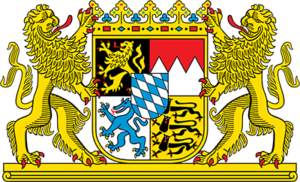We can now aim to generate 3D-bioprinted human organs in five years
Merging transformative technologies will enable this aim
December 2018
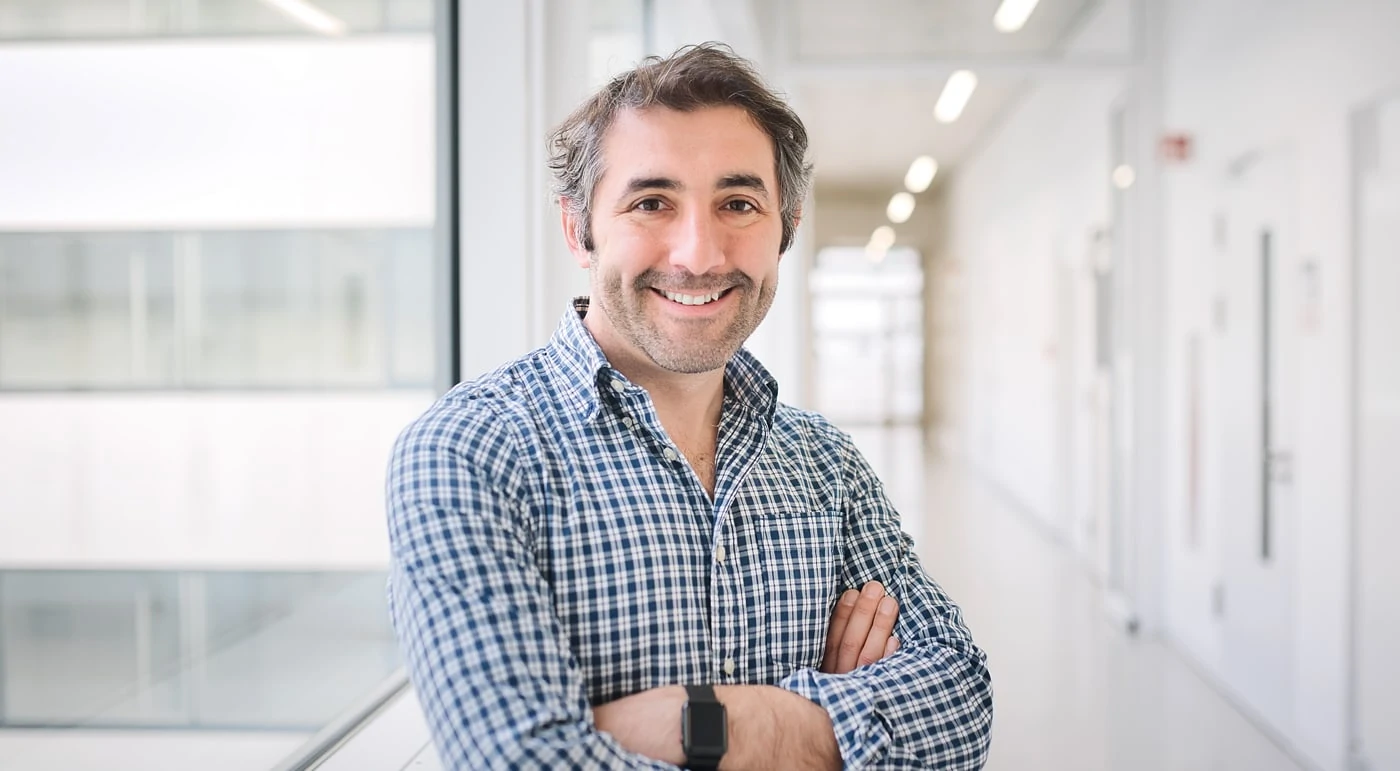
© Institut für Schlaganfall und Demenz (ISD)
Klinikum der Universität München (KUM)
Dr. Ali Ertürk, Group Leader at the Institute for Stroke and Dementia (ISD) of the Ludwig Maximilian University in Munich developed a new technology for imaging single cells and molecules in the intact body. This technology can be a key to combine nanotechnology and AI to accelerate biomedical research.
Curing devastating diseases remains a major challenge of science. Dr. Ali Ertürk has a vision to combine nanotechnology, bio-engineering and artificial intelligence to help curing devastating diseases such as dementia, stroke, diabetics and cancer in our life time. He has a patented novel 3D histology technology, called DISCO transparency. This technology allows straightforward and quick analyses of entire bodies in 3D, which would otherwise require years of labour. Susanne Simon interviewed Dr. Ali Ertürk for the magazine “IZB in Dialog”.
In dialog: What is your vision in science?
Dr. Ertürk: We are at a turning point in history. By combining artificial intelligence, nanotechnology and engineering in biomedical research, we can certainly aim to cure all diseases in the next 25 years. While the potential of this multi-disciplinary approach has been acknowledged by many scientists and intellectuals such as Yuval Noah Harari in his book “Homo Deus”, it has been largely unclear how one can successfully combine them. My lab focuses specifically on overcoming this obstacle: we developed the technologies to effectively combine nanotechnology-based drug development and artificial intelligence to cure devastating diseases.
In dialog: Can you tell us more about your technology? What exactly is it?
Dr. Ertürk: For many decades, diseases have been diagnosed and explored by thin sections under the microscope. However, it is evident that looking at a tiny piece of ill organ would likely miss important information about diseases and block development of effective solutions. Our technologies solve this hurdle: we can now analyze the entire organ quickly. We achieve this by rendering them transparent similar to converting milk into water. This allows us to see through the whole sample and identify internal anomalies.
In dialog: A lot can be done with this technology. What is your major aim?
Dr. Ertürk: My goal is to generate transplantable 3D-bioprinted human organs in a near future. We are on an exciting journey with my wonderful team on this quest.
In dialog: How far are you then with 3D-bioprinting of organs?
Dr. Ertürk: Our technology enables us to generate the highest resolution “blueprints” of the human organs, down to sub-cellular details, which is a major bottleneck for 3D-bioprinting. At this point, we are focusing on generating human kidneys, which is the major need of organs. Importantly, we know the full function of a kidney as we can replace it with a dialysis machine. Using our technology, we are now generating the detailed map of human kidneys and will start producing 3D-bioprinted transplantable kidneys in the next couple of years, which can be an enormous scientific leap to save millions of lives around the world.
In dialog: How do you use your technology to study stroke and dementia from a new perspective?
Dr. Ertürk: We are wired with neurons from head to toe. Therefore, most of the neurological diseases actually affect the entire body. So far, brain scientists focused exclusively on damaged brain regions. Using our transparency technology, we can now study the bigger picture, namely how a stroke lesion or Alzheimer’s disease would impact neurons in the whole-body. Indeed, this approach already helps us to discover unknown channels between the skull and the brain transporting cells and molecules.
In dialog: How do you make the organisms transparent?
Dr. Ertürk: Mammalian tissues are opaque because components of our organs have different refractive indices. Therefore, the light travelling through the tissues encounters a different component (water, lipid, sugar, protein etc.) every few nanometers, resulting quickly light scattering. Our technology solves this problem by unifying all refractive indices of different components, making it fully transparent to light.
In dialog: Dr. Ertürk, can you briefly describe how your new technology allows superior visualization of tumor metastasis and drug-targeting in the body compared to standard methods?
Dr. Ertürk: Cancer patients usually die from the metastasis of single cancer cells, not from the large primary tumor. Therefore, visualization and elimination of every single cancer cell matters. Standard methods such as MRI and CT can only detect large tumors unlike our method which can see every single cancer cell. We actually discovered that 2/3 of cancer metastasis are missed by other methods. This means that when companies like Roche or Novartis develop cancer drugs, they judge the quality of their drug candidates only by seeing 1/3 of all cancer metastasis. Naturally, such drug candidates will mostly fail. We also discovered that antibody-based cancer treatments can miss as much as 30% of the tumors. If, for example, a big pharma company would develop such a cancer drug candidate, after seeing the real tumor burden by our technology, they can further improve their drug to target every single cancer cell. This will drastically increase the success rate of costly clinical trials.
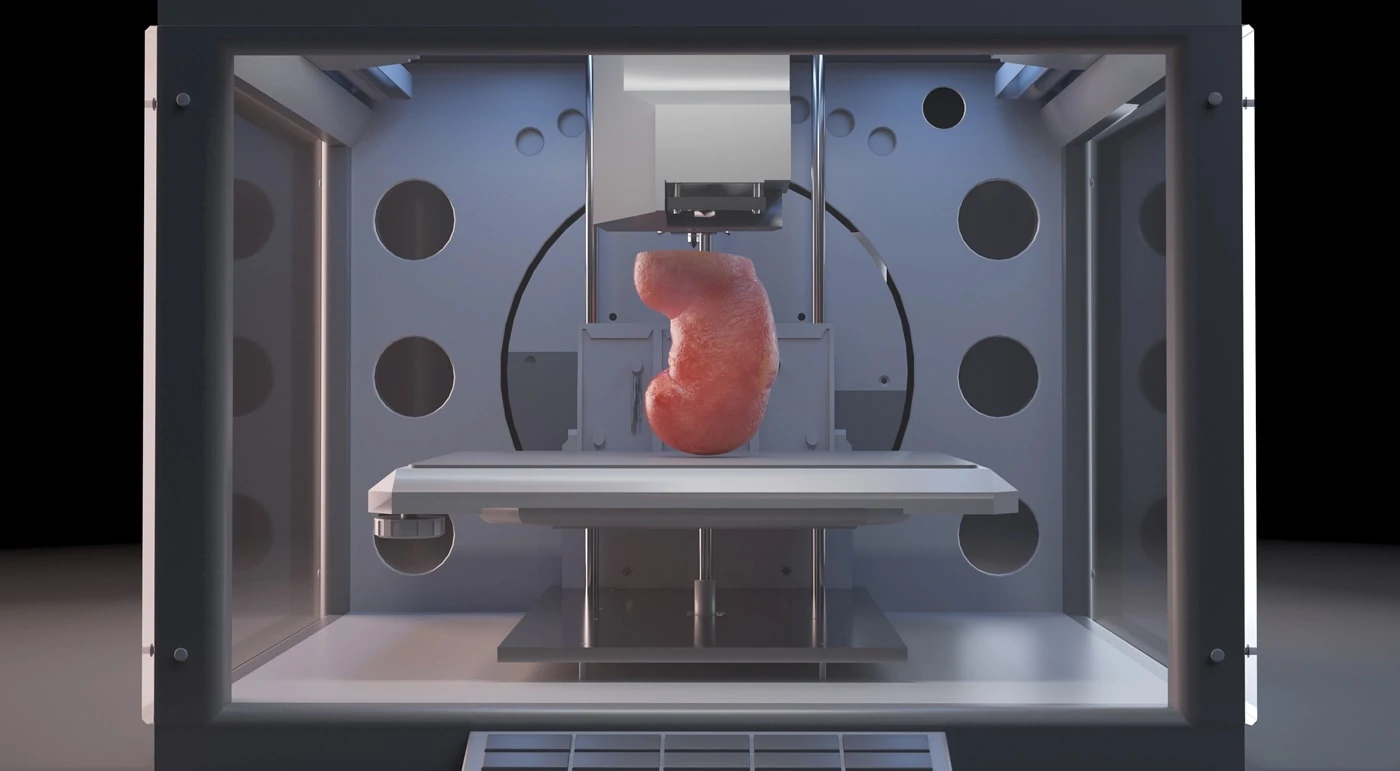
© Institut für Schlaganfall und Demenz (ISD)
Klinikum der Universität München (KUM)
Darstellung eines 3D-Biodruckers für menschliche Organe
In dialog: So far, the technique has been conducted only in mice and rats. When can it be used in human beings?
Dr. Ertürk: Yes, we can also use our technology on human biopsies and post-mortem human tissues to deepen our understanding of diseases. For example, we can stage cancers more accurately and outline better treatment options. We also use our technologies to understand the mystery of the human brain. Worldwide human brain mapping projects so far yielded little progress. In an on-going project, we rendered the whole human brain transparent, enabling to map single cells of intact human brain for the first time.
In dialog: Can you please explain how you apply Artificial Intelligence (AI) together with Prof. Bjoern Menze (TUM) to accelerate science?
Dr. Ertürk: AI will drastically accelerate biomedical research. Our technologies generate several thousand-fold more data compared to standard technologies. This enormous data cannot be analyzed by humans. Therefore, we teamed up with Menze’s group, one of the top AI experts in the world, to combine AI and biomedical research. These partnerships are already happening in the Silicon Valley with companies like Google and Facebook investing in biotechnology. I am happy that we already developed powerful deep learning algorithms to quickly and accurately analyze the brain’s vascular structure and cancer metastasis with my collaborator Bjoern Menze.
In dialog: With this technology, all cancer drugs in the world can be optimized. Would you like to sell your technology to a pharma company or will you start your own biotech?
Dr. Ertürk: While it is clear that the future of biomedicine will rely on cutting-edge technologies, it would be very difficult for the existing pharma to adopt them. You can see the same scenario happening between Tesla and other established companies such as BMW. Tesla started with a clear vision of producing 100% electrical cars. Even though they made their patents available, none of the giant car companies seem to catch up with Tesla in this new technology. This is because it is very hard to change existing facilities, rules, and the most difficult of all: the “mindset”. Therefore, my major aim is to establish a Biotech company in the Munich area with the vision of combining AI, nanotechnology and engineering to accelerate biomedical discoveries. I believe such a company could develop effective solutions for major health problems sooner than later.
In dialog: Your vision sounds like science fiction. You are working with Prof. Hendrik Dietz (TUM) to develop nanorobots for curing Alzheimer’s disease and stroke. How does this work?
Dr. Ertürk: The drug delivery into the brain is extremely difficult because of the tight barrier protecting the brain. In my opinion, this problem requires a brand-new approach. That´s why we develop very tiny nanorobots together with Hendrik, the top expert in this subject in the world. Such nanorobots can be programmed to perform multiple functions: for example, they can be designed to find the blood brain barrier, make tiny holes, transfer themselves and drugs into the brain, find the target (such as A-beta garbage), and destroy both the target and themselves. I believe DNA nanorobots will be the future of drug delivery for many diseases especially in neurodegeneration and cancer.
In dialog: Many people die from genetic defects, such as Huntington’s disease. What new strategies are you working on to remedy this defect?
Dr. Ertürk: Another great application of our technology will be on genetic engineering using CRISPR/Cas9. Some of the deadly diseases are caused by a single mutation on a gene as you mentioned. While CRISPR/Cas9 method seems to be the future of gene therapy, it may also cause unwanted gene alterations. Our technology can be a key to perfect the CRISPR/Cas9 gene-editing for clinical applications because we can now see all cells in the body and check if their genome is correctly edited or not already in the pre-clinic.
In dialog: How long will it take to live for 150 years healthily?
Dr. Ertürk: I can envision that in the next 25 years. We all better watch out not to die in the next two to three decades, as we might miss an additional century of healthy life aided by modern science.
